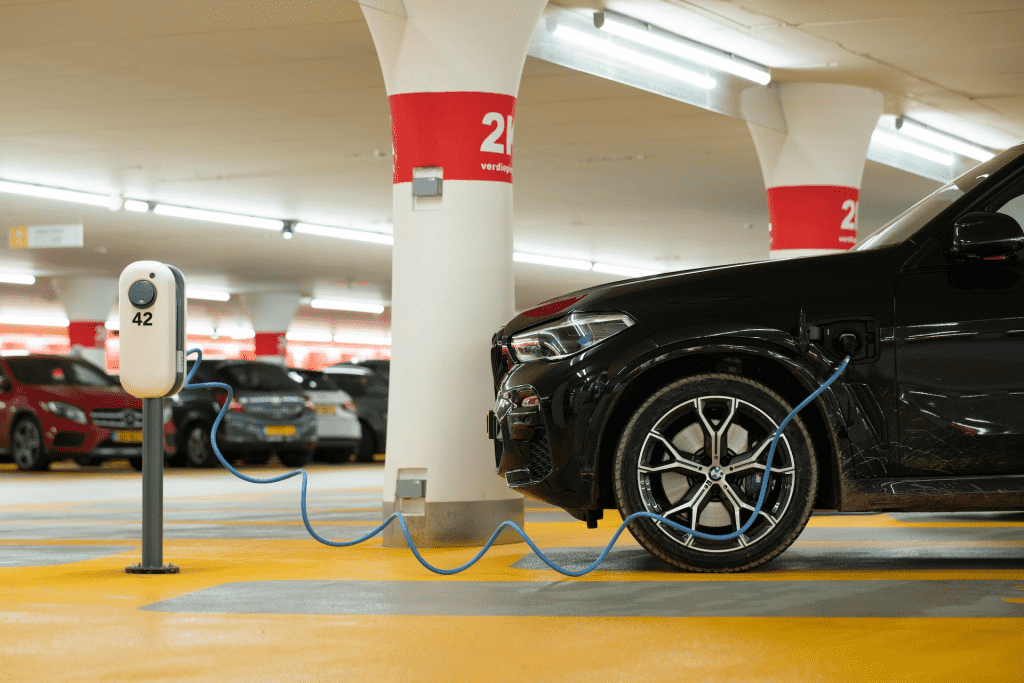Several EV users charge their vehicles at night at home. However, researchers at Stanford University have stated now that since the number of EV users is increasing, night charging is negatively impacting the electric grids.
The researchers advise upgrading the current existing electrical systems so they can accommodate the increased demand for electricity at night. This will might take time and lead to a hike in home electricity bills as operating costs of power plants would spike up.
The researchers also suggest a solution for this rise in cost. It is to charge the vehicles at public stations or at workplaces during the daytime. This will prevent the excess load at night and encourage the rapid development of EV charging infrastructure.
Contrarily, when electricity demand at homes increases at night, carbon emissions from fossil-fuel-based power grids also increase. Therefore, daytime charging is a more environment-friendly habit as it allows us to use more electricity from renewable sources. The researchers studied the effects of overnight EV charging on the electrical system of the western part of the US, including California, the state with the highest number of EVs on the road.
According to the US Department of Energy, California currently contributes 39 percent of the total registered EVs in the country.

While highlighting their findings, the lead author and Ph.D. candidate at Stanford University, Siobhan Powell, told IE, “The scenarios we tested which were dominated by at-home, overnight charging lead to larger increases in peak net demand, larger need for grid storage to shift generation to cover that peak, higher ramping in net demand in the evening, larger amounts of non-fossil fuel generation capacity going unused, and higher operating emissions. The scenarios with more daytime (workplace or public) charging improved on all these metrics.”
They added, “Expanding access to daytime charging options will be an important part of building out the future charging network – both to benefit the grid, as we showed in our study, and to make EVs more accessible to future adopters for whom installing home charging would be too expensive or impossible.”
The researchers also point out that currently, the policymakers are working to develop the EV infrastructure for the next 10 years, and if attention gets concentrated on making daytime charging more accessible and feasible, it can really work.
These findings draw a connection between policy decisions, EV charging infrastructure, and the long-term impact on a region’s grid.
The study is published in the journal Nature Energy.


